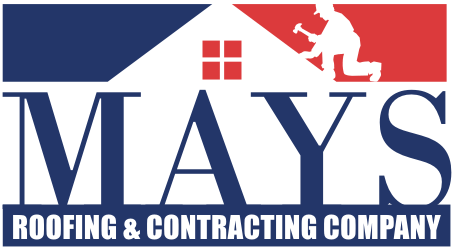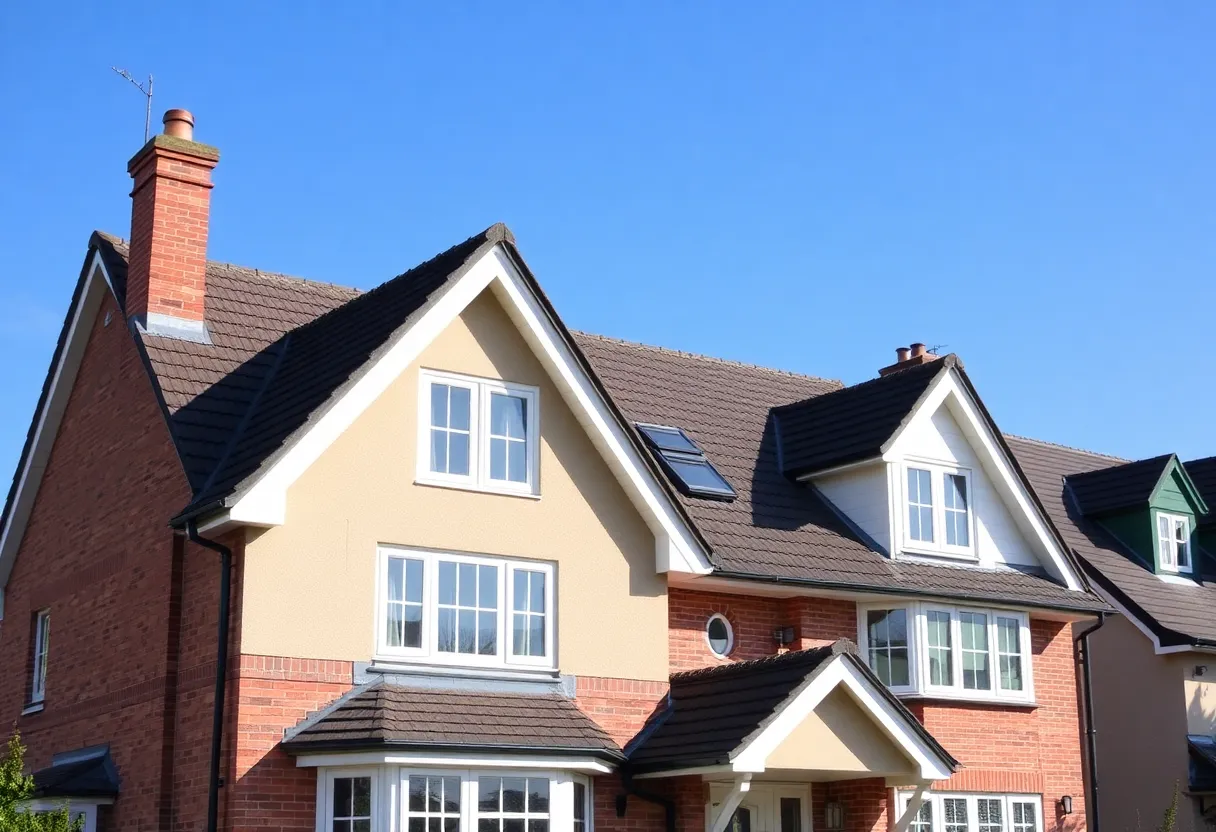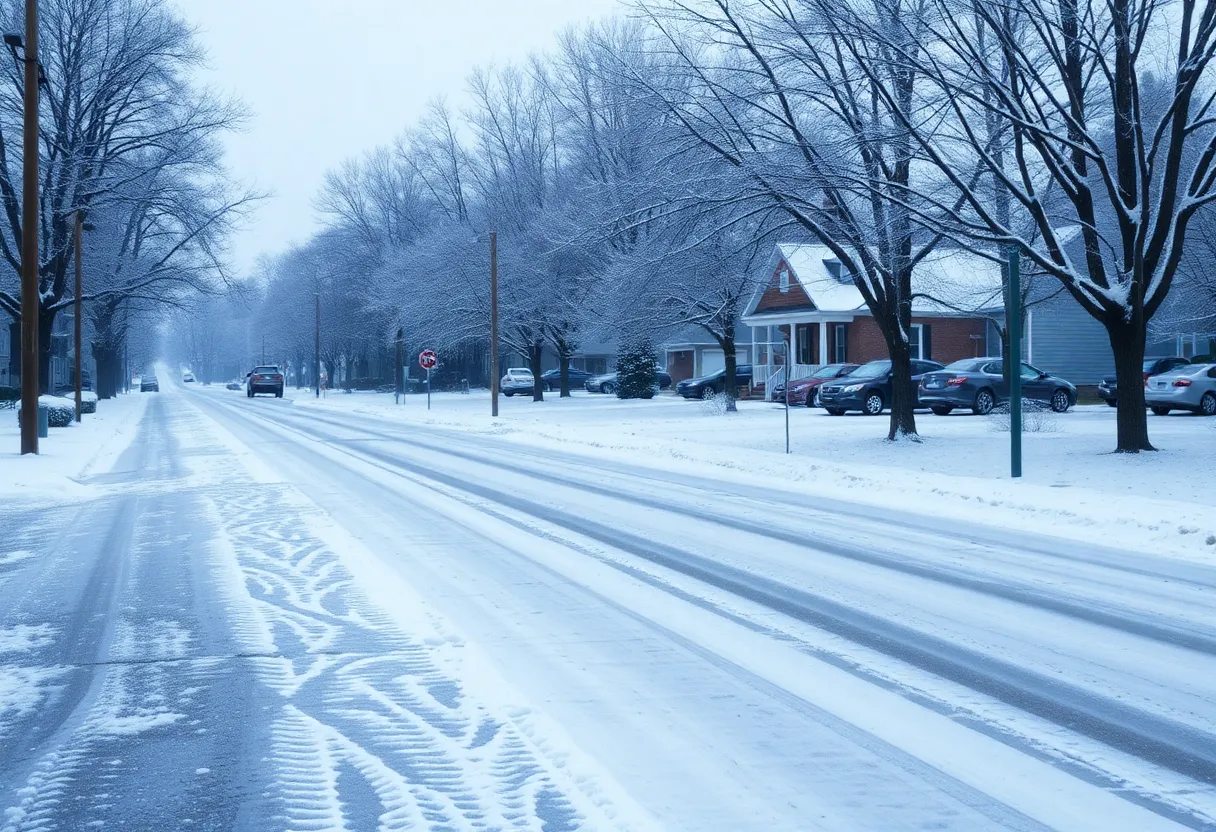How to Determine the Right Pitch for Your Roof: Key Considerations for Homeowners
Understanding Roof Pitch
The pitch of a roof refers to its slope or steepness, typically expressed as a ratio of vertical rise to horizontal run. For example, a roof that rises 4 inches for every 12 inches it runs horizontally is described as a 4:12 pitch. Roof pitch is a crucial factor in both the aesthetic appeal and functional performance of a roof.
Importance of Roof Pitch
Determining the right roof pitch is essential for several reasons:
- Water Drainage: Steeper pitches allow for better water drainage, minimizing the risk of leaks and moisture buildup.
- Snow Load: High-pitched roofs can efficiently shed snow, reducing the risk of structural damage in snowy climates.
- Material Suitability: Certain roofing materials require specific pitches to ensure longevity and effectiveness.
- Aesthetic Factors: The pitch contributes significantly to the overall architectural style of a home.
Key Considerations When Determining Roof Pitch
1. Local Climate
Your geographical location plays a vital role in choosing the correct roof pitch. Regions with heavy snowfall might require steeper pitches to prevent snow accumulation, while areas prone to rain could benefit from a moderate slope for effective drainage. On the other hand, flat roofs might be more common in areas with low precipitation.
2. Roofing Material
Different roofing materials have varying pitch requirements:
- Asphalt Shingles: Require a minimum pitch of 2:12 for optimal performance.
- Slate and Tile: Typically need a pitch of at least 4:12 due to their weight and potential for slipping.
- Metal Roofing: Often can be installed on pitches as low as 1:12, but a pitch of 3:12 is usually recommended.
- Flat Roofs: While they appear level, they must have a slight slope (1:40) for drainage.
3. Architectural Style
The architectural style of your home can dictate suitable roof pitches. Victorian homes often feature steep pitches, while modern designs may use lower pitches. Consider how roof pitch affects the overall look and feel of your property.
4. Local Building Codes
Building codes in your area may specify minimum or maximum pitch requirements based on safety and structural integrity considerations. It is vital for homeowners to consult local regulations before deciding on a pitch.
5. Aesthetic Preference
Your personal taste and the visual appeal of your home are significant. Aesthetic considerations should balance functionality and style. Steeper pitches provide a dramatic look, while lower pitches offer a more subdued aesthetic.
6. Structural Considerations
The structure of your home must support the chosen pitch. Consult with a structural engineer or architect to ensure your foundation, walls, and all supporting elements can handle the roof’s design and potential load, especially in areas with extreme weather.
7. Future Considerations
Think about future renovations or additions as you select a roof pitch. A system that works for future expansions or modifications can save time and costs in the long run.
Potential Drawbacks of Steep vs. Low Roof Pitches
Steep Roofs
While steep roofs facilitate drainage and snow shedding, they come with drawbacks:
- Construction Costs: Steeper pitches often result in higher construction and material costs.
- Accessibility: Maintenance can be more challenging on steep roofs, requiring specialized equipment.
- Space Limitations: They may limit usable attic space and create design challenges for installations.
Low Roofs
Conversely, low-pitched roofs present their own set of challenges:
- Drainage Issues: Risk of water pooling and leakage increases with insufficient slope.
- Material Limitations: Some materials may not be suitable for low pitch, impacting longevity.
- Snow Accumulation: May struggle to shed snow, creating hazards in colder climates.
Calculating Roof Pitch
To calculate roof pitch, measure the **rise** (vertical distance from the top of the roof to the bottom) and the **run** (horizontal distance from the ridge to the eave). Use the formula:
Pitch Ratio = Rise:Run
For example, if the rise is 6 inches and the run is 12 inches, the pitch is 6:12.
Conclusion
Determining the right pitch for your roof involves multiple considerations including climate, material suitability, architectural style, local building codes, and personal aesthetic preferences. Careful analysis of these factors ensures a roof that not only enhances the beauty of your home but also performs optimally and stands the test of time. Engaging with professionals such as architects or contractors can provide tailored recommendations suited to your specific situation.





 Mays Contracting
Mays Contracting

